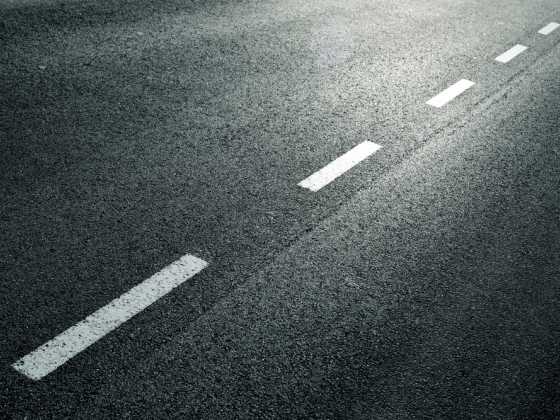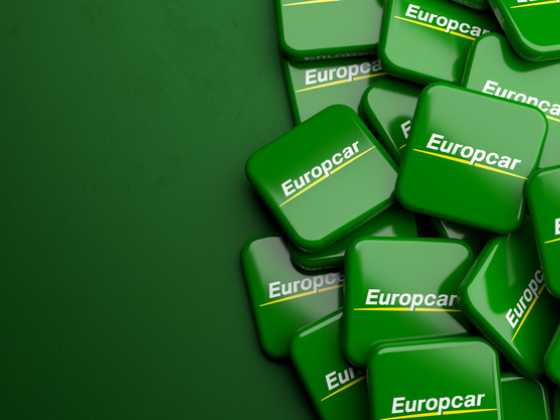European Parliament allows relaxation of car emissions
The proposal to veto plans to temporarily raise NOx emission limits for diesel cars was rejected by Members of the European Parliament (MEP).
The MEPs made the decision after the EU Commission promised a review clause and a long-term legislative proposal to revamp the EU car approval regime.
In a statement the EU Commission explained: “The transitional relaxation of limits is justified by the need to take account of technical uncertainties to do with the use of the new Portable Emission Measurement Systems (PEMS) device, as well as technical limits to improving the real world emission performance of currently produced diesel cars in the short-term."
Giovanni La Via, environment committee chair, said: “Intense negotiations took place with the European Commission and member states after the environment committee backed the objection, and the European Commission delivered. We now have clear commitments from the European Commission for a review clause with a precise timeframe, in order to bring down the maximum emission values to the levels which were agreed upon by co-legislators.
“A proposal for a long-term reform of the EU approval regime for cars is also on the table, as requested by Parliament. I therefore welcome the responsible decision from the plenary, which will allow us to go ahead with the real driving emissions (RDE) procedure in order to bring down NOx emissions from cars which are, at the moment, 400 to 500 per cent above the official limits.
“We have avoided uncertainties, because industry now has strict but sustainable deadlines to meet. In Europe, we will have better air quality for our citizens without losing jobs."
The vote comes as the RDE test is set to come into force across the EU, to replace the less accurate test which is currently in use. Car manufacturers will be allowed a period of time to reduce the discrepancy between recorded vehicle emissions and actual real life emissions. The conformity factor is now set at 2.1, more than double the current figure.



